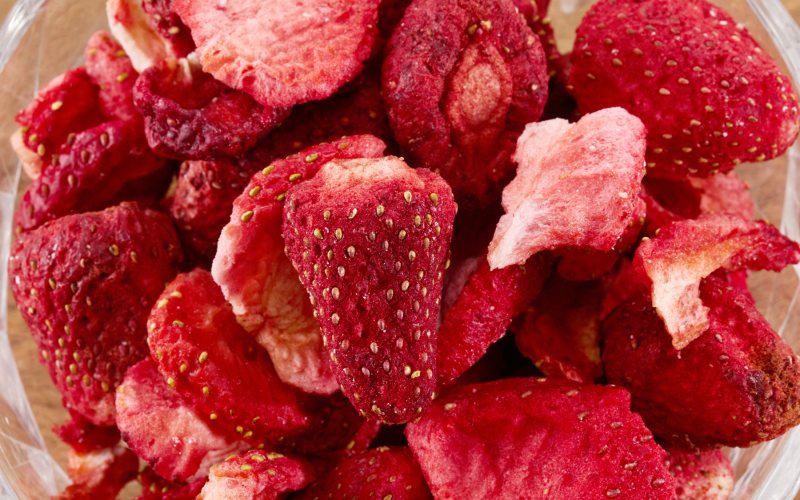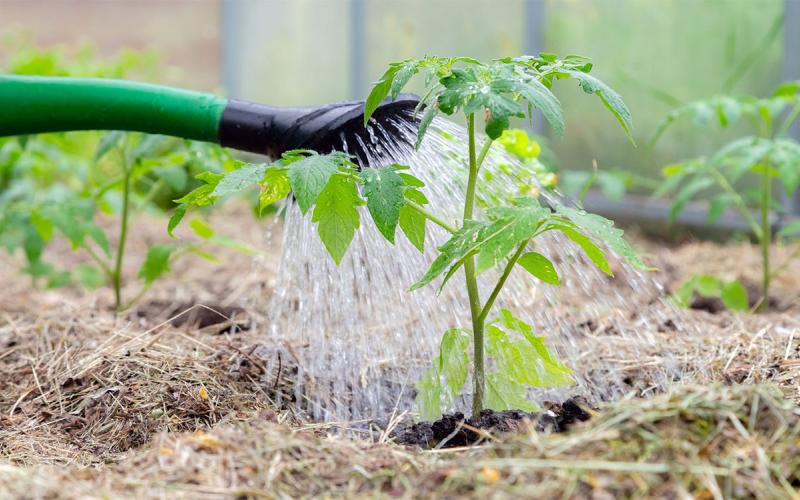Although eating raw cookie dough has always been delicious, it has also been very dangerous. This is because flour is at risk of exposure to naturally occurring microbiological threats, including E. coli and Salmonella. Flour-based products that undergo a validated kill step, such as baking or cooking, can be considered safe. The consumption of raw flour or raw batter does have serious consequences from pathogens, such as salmonella and pathogenic e. coli, which can range from having symptoms such as nausea, vomiting, and diarrhea to death. This article will help address what can make cookie dough safe and ready to eat.
Dangers of Raw Flour
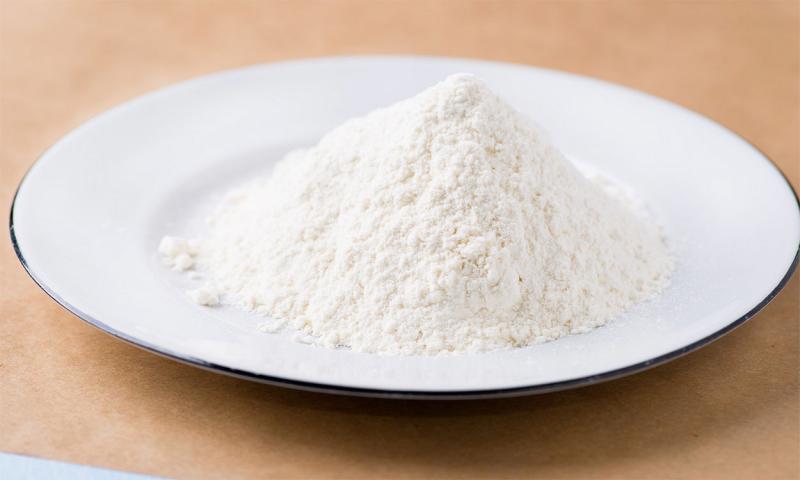
One of the reasons that it’s unsafe to eat raw flour or raw cookie dough has to do with the nature of how flour is handled and processed in the supply chain. Grain is harvested from the field, and since the grain is subject to the elements, animals and more conditions, there are sources that can contaminate the grain in the field, but also through transportation of the grain as well. Flour is typically not processed or treated to kill bacteria at flour mills. Additionally, when eggs, milk or other liquids are added to the raw flour, this can increase the water activity of the flour and can now create an environment where pathogens will begin to grow. However, these harmful pathogens can be killed through baking, cooking and frying. The U.S. Food and Drug Administration (FDA) has offered the following safety tips when preparing cookies, pies, cakes and other foods containing flour:
- Don’t eat uncooked dough, batter or other foods containing raw flour.
- Be sure children don’t eat or taste dough used in crafts.
- Make sure foods containing flour are cooked to the proper temperature. Follow recipes or package directions.
- As with raw meat, keep raw flour or eggs separate from ready-to-eat foods.
- Clean bowls, utensils, countertops and other surfaces thoroughly after use. Wash hands often.
Eating raw flour or batter made with raw flour is not a safe practice, as this raw flour has not been processed to eliminate pathogens, such as salmonella, e. coli and other pathogens.
Heat-Treated Flour Selection
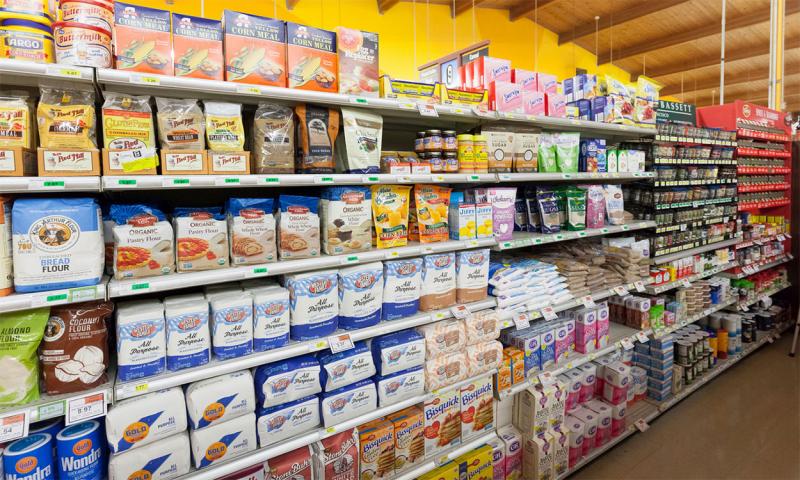
When considering making ready-to-eat cookie dough, it is important that the flour that is used in the recipe is a commercially processed, heat-treated flour. The reason this is so important is because these processors have undergone rigorous validation studies to ensure that thier processing parameters and controls are sufficient to eliminate or reduce biological pathogens to a safe and acceptable level. Additionally, these commercial manufacturers have programs in place to ensure that the processing parameters are being followed, as well as maintaining critical equipment to ensure the process is under control and being followed.
There are articles and recommendations online which suggest that one can make their own heat-treated flours. Food safety experts strongly advise against the do-it-yourself (DIY) methods, as there is no guarantee that the heat treating process can be properly controlled and eliminate contaminates. Another reason the recommendations found online may not be valid is that the time and temperature required to kill pathogens can vary by food product. For example, the amount of time and temperature needed to kill pathogens in chicken vs. beef varies based on the food matrix. The characteristics of a food, such as water activity, pH, acidity, fat content, protein content and more, can affect the time and temperature needed to kill pathogens. In the instance of raw flour, it has a significantly different water activity than chicken and the same temperature and time cannot be applied to raw flour, as this does not guarantee a kill step of the pathogens, as pathogens can be more heat-resistant in low-moisture foods than in high-moisture foods. There are additional reasons why commercially purchased, heat-treated flour is safe and home heat-treated flour should not be used:
- Commercially processed heat-treated flour undergoes a scientifically validated kill step study to ensure that the specific equipment and processes can deliver sufficient pathogen reduction.
- Processes at commercial suppliers are monitored and controlled carefully, and this can include the following:
- Control of bed depth of flour to heat flour.
- Control of heat transfer (i.e. convection, conduction, etc.).
- Control of processing parameters (i.e. belt speed, fan speed, dwell time, etc.).
- Monitoring of temperature through the use of calibrated instruments and thermometers.
- Preventative maintenance programs to ensure that equipment is operating as designed.
- Specification control over the type of flour that is used.
Other Ingredient Selection
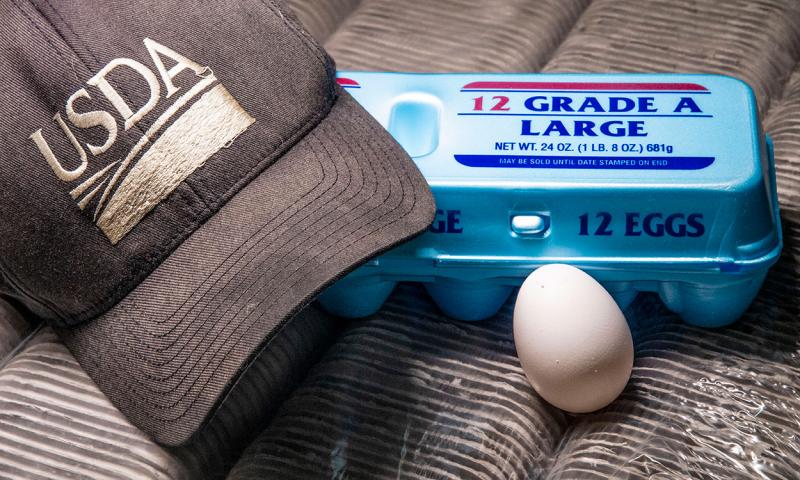
In addition to using heat-treated flour, the other ingredients must also be considered ready to eat. The FDA has defined ready-to-eat food as, “any food that is normally eaten in its raw state, or any other food, including a processed food, for which it is reasonably foreseeable that the food will be eaten without further processing that would significantly minimize biological hazards.” Ready-to-eat cookie dough may have a higher water activity. The danger in using ingredients that are not ready-to-eat is that any harmful bacteria present in the not-ready-to-eat ingredient will now have an environment (high water activity) where it can grow and thus cause illness, injury or death. Therefore, the subsequent ingredients used in the cookie dough must also be ready-to-eat. If eggs are purchased from a grocery store, they may be pasteurized. However, there are some states that allow for the sale of unpasteurized eggs. Using unpasteurized eggs is never safe, as these eggs have not been processed to destroy harmful bacteria. However, eggs that have been pasteurized have been rapidly heated and held at a minimum required temperature for a specified time to destroy bacteria and no further cooking is required. It is vitally important to ensure that only pasteurized eggs are used in these recipes.
Storage

Because ingredients, such as water, milk and other aqueous ingredients, can be used, this will raise the water activity of the cookie, which can make it more-susceptible to growth of mold or other non-hazardous bacteria. Therefore, ready-to-eat cookie dough should be stored in refrigerated temperatures to help maintain the product quality. Since the water activity of ready-to-eat cookie dough bites may be higher (0.7-0.9), this also means that it may have a short shelf life (i.e. as short as one week).
Recipe

As mentioned above, when using commercially processed heat-treated products, ready-to-eat ingredients and safely handling the product at home, ready-to-eat cookie dough bites can be made safely. Here is a recipe to try that your friends and family can enjoy.
Ingredients
- 2 ¾ cups of commercially heat-treated flour
- 1 cup butter
- 1 ½ cups white sugar
- 1 egg
- 1 teaspoon vanilla extract
Selling Ready-to-Eat Cookie Dough Bites in South Dakota
Since there are many risks and considerations that need to be evaluated to ensure that ready-to-eat (RTE) cookie dough is safe, the following requirements must be met before RTE cookie dough can be sold at a farmers’ market or to retail.
- The formula/recipe needs to be reviewed by a Preventive Controls Qualified Individual (PCQI) to ensure RTE status (South Dakota State University (SDSU) Extension Food Safety Specialist).
- The product needs to be tested for water activity.
- The product needs to be produced at a state-licensed kitchen.
Conclusion
Ready-to-eat cookie dough is a delicious snack or dessert that can be enjoyed, but only when made safely, which would include using commercially processed heat-treated flour, ready-to-eat ingredients and using good sanitary practices when making the cookie dough. If you decide that you want to try and sell ready-to-eat cookie dough, you must ensure that all requirements are met as mentioned in this article.
Document Source
“Industry Handbook for Safe Processing of Nuts.” Grocery Manufacturers Association. 2010.

